SUMMARY
This is AI generated summarization, which may have errors. For context, always refer to the full article.
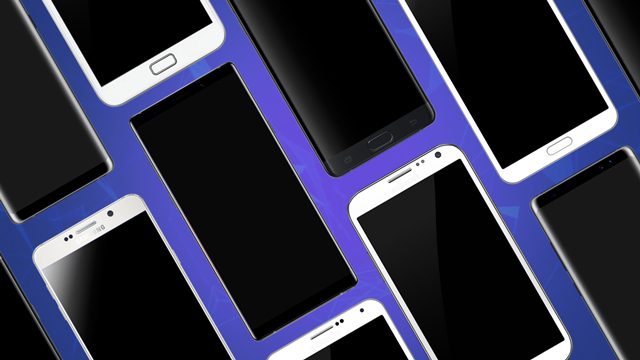
In 2011, whle other top brands were reshaping phones to be thinner and more compact, Samsung decided launch the Galaxy Note, a series of phones that would come be defined by a large form factor.
The series sold well across its generations, with recognition rivalling the company’s flagship S series. Its success helped usher in the “phablet” hybrid classification for mobile devices.
Join us as we take a trip down memory lane.
Let’s look at some of the innovations and changes brought about across the Note series through the years, just in time for the Note 10’s release.
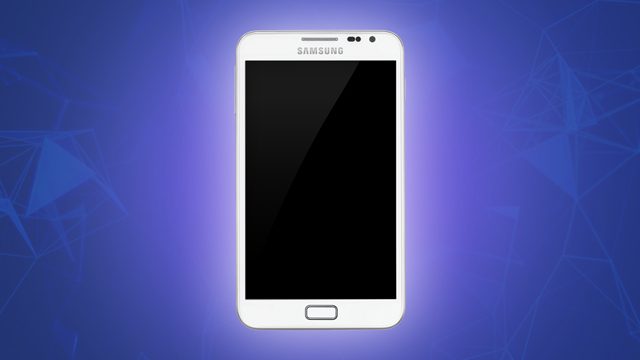
Galaxy Note
The original Galaxy Note occupied a niche spot in the market when it was released in 2011.
For one, it featured a 5.3-inch HD AMOLED screen in a time when 4-inch screens were already considered large. In comparison, the screen of the iPhone 4s, which was unveiled in the same year, only measured 3.5 inches. So many thought that it was unwieldy and unconventional for a phone.
It also reintroduced the use of a stylus in a time when most devices were being designed to be used with fingers. Each unit shipped with a stylus called the S Pen that touted pressure-sensitive controls for enhanced precision in writing and scribbling.
These two distinguishing features struck a chord with consumers who wanted a high-resolution screen for browsing the web and watching movies. Plus, it had the flagship specs to match.
Galaxy Note 2
The Galaxy Note 2, which launched in 2012, upgraded the specifications – from the battery to the processor – of the original Note.
The screen, meanwhile, got a bump in size going from 5.3 inches in the original to 5.5 inches in the Note 2.
Samsung also tweaked the S Pen’s design, making it thicker and more comfortable in users’ hands. They also upped its pressure-sensitivity levels to make it more accurate when in use. The stylus also featured Air View functionality, which allowed users to preview content by just hovering over them.
Galaxy Note 3
The Galaxy Note 3 continued with a jump in screen size to 5.7 inches, along with the usual iterative hardware updates. It’s also the first in the series to feature 1080p resolution and a microUSB 3.0 port.
One notable change in this generation comes in its design, as samsung included a faux-leather finish on the phone’s back. It’s still mostly made of plastic, but the added texture helps give it a more “premium” look.
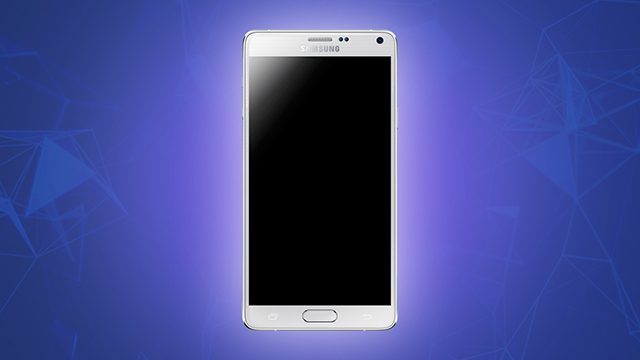
Galaxy Note 4
By 2014, there was no question that Samsung’s Note series was here to stay with the launch of the Galaxy Note 4. Described as a no-compromise device, it offered flagship specs while debuting new features, such as fast charging and fingerprint scanning.
Despite sharing the same 5.7-inch screen with its predecessor, the Note 4 had a Quad HD resolution while the Note 3 only had Full HD. It also featured a range of new sensors, including a heart rate monitor and oximeter for health-conscious users who want to better track their health.
On top of all this, Samsung improved the design by adding a metal frame around the body, lessening the plastic feel of the handset.
The Galaxy Note Edge also launched alongside the Note 4. It sported a curved edge screen that displayed notifications and additional buttons for some apps. This flexible display technology would later be used for the company’s future releases.
Galaxy Note 5
The Galaxy Note 5 arguably marked Samsung’s best forward step in bringing a premium design to the series.
It took build quality and design language cues from the Galaxy S6, refreshing its look and feel with a new all-glass design.
It also inherited some of S-series software and hardware features while introducing the Note series to some new ones, such as wireless charging.
Samsung tweaked the S Pen to have an auto-eject mechanism to go with the introduction of the Screen off memo feature, which allowed users to jot down notes even while the screen was off. These additions better justified the existence of the stylus and made it feel less “gimmicky” in certain respects.
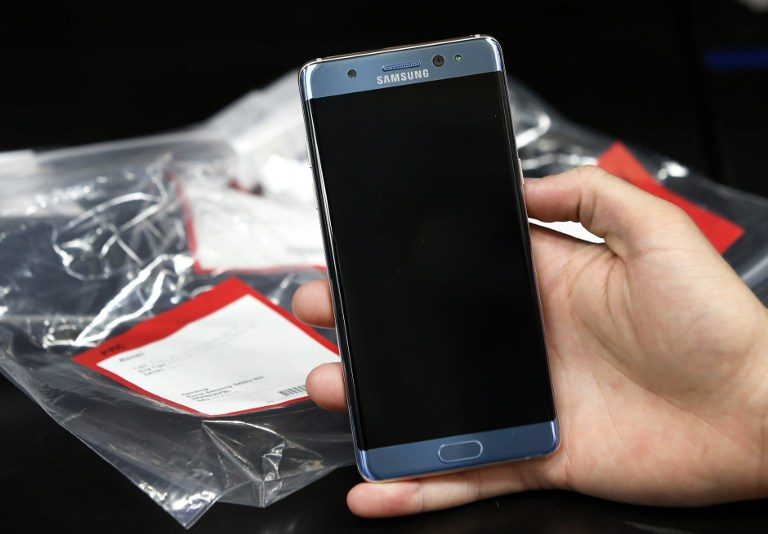
Galaxy Note 7
Skipping the “6” name for branding reasons, the sixth generation Note phone, called the Galaxy Note 7, had all the makings of a solid Note release, more than delivering when it came to design, battery life, cameras, and performance. It was even the first in the series to feature an iris scanner and a USB-C connector.
The phone, however, was ill-fated.
There were reports about how its battery would catch fire and explode. Samsung immediately called for the devices to be recalled and ultimately pulled the plug just a few months after its launch.
The frustrating launch did lead to some changes – better battery quality assurance and practices to ensure future iterations do not ship with the same issues the Note 7 had.
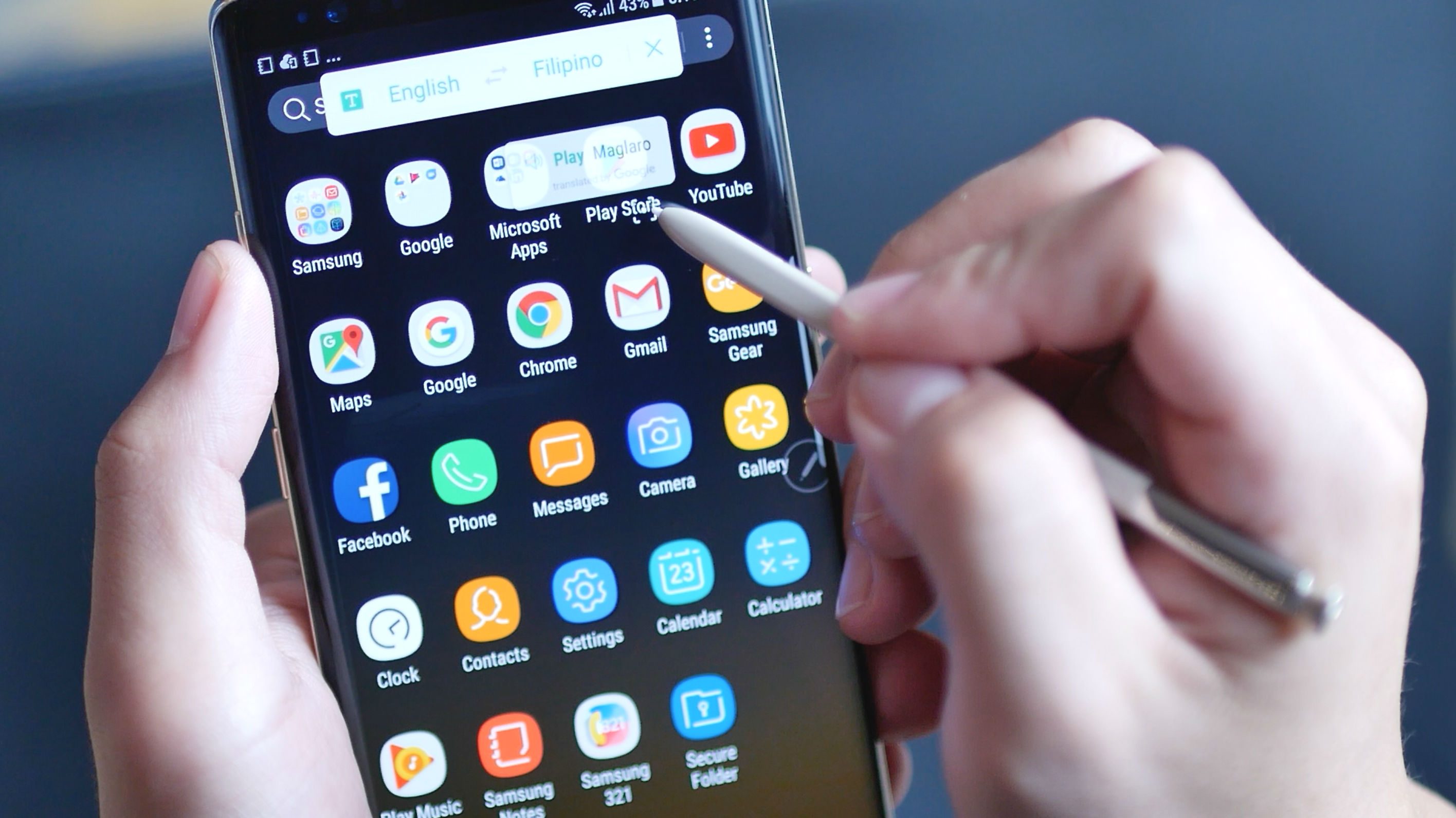
Galaxy Note 8
There could not have been a better comeback for Samsung and the Note series than with the Galaxy Note 8 in 2017.
In light of rumors that Samsung was ditching the Note brand after the Note 7 debacle, the Note 8 launched without a hitch to some great reviews that praised its display and camera performance.
When it launched, the Note 8 had the biggest screen of the Note series with a 6.32-inch Super AMOLED screen. It was also the first Samsung phone to include a dual rear camera setup: made up of a 12-megapixel wide angle and telephoto lens.
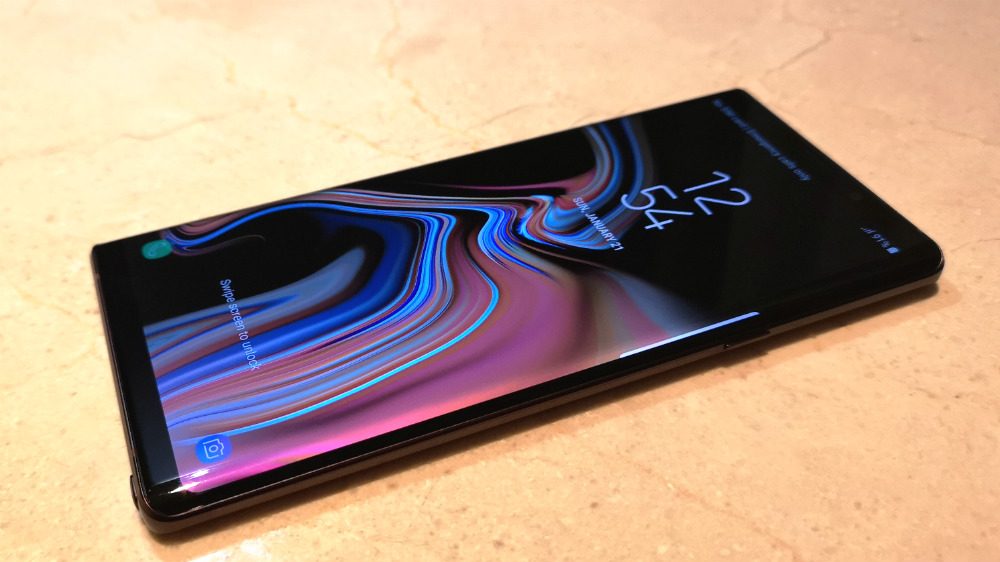
Galaxy Note 9
The Galaxy Note 9, meanwhile, made some further refinements, increasing nearly everything from the battery capacity to the screen size. It went up to a 6.4-inch screen from a previous 6.32-inch screen in the Note 8.
The Note 9 was also the first Note to receive a dual aperture feature for its camera system. The features gives users more control of the cameras for different lighting environments. What’s even better is that the camera system has optical image stabilization support and artificial intelligence-assisted features to help users capture the best image possible.
The S Pen was also revamped to include Bluetooth capabililities, allowing users to remotely perform a number of functions, including opening the camera, cycling music tracks, and flipping through slides in a presentation.
Samsung appears to have a lot in store for the Note 10, if the leaks and rumors are to be believed.
Tune in to Rappler’s coverage to find out all the details when its officially announced at the Unpacked event on August 7. – Rappler.com
Add a comment
How does this make you feel?
There are no comments yet. Add your comment to start the conversation.